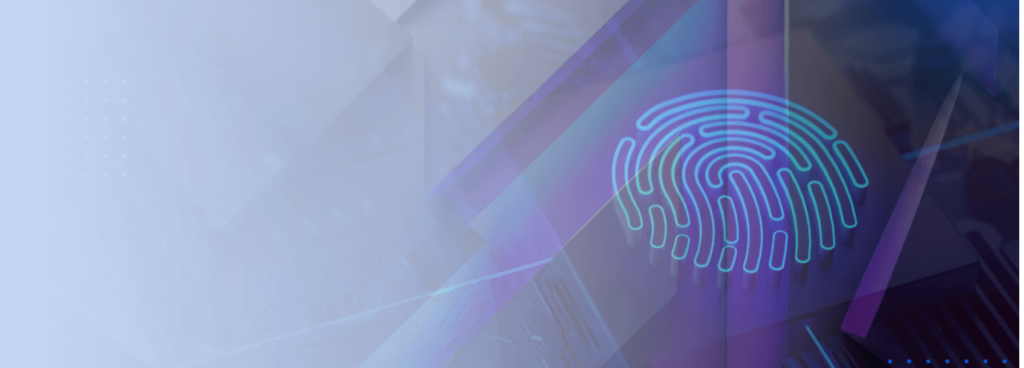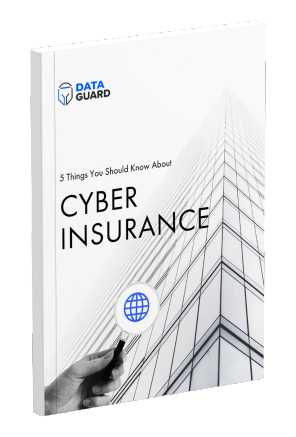The relentless evolution of cyber threats necessitates a robust and proactive defense strategy. At the heart of this strategy lies the Security Operations Center (SOC), a dedicated unit responsible for monitoring, detecting, analyzing, and responding to cybersecurity incidents. A 24/7 SOC serves as the first line of defense, safeguarding an organization’s digital assets around the clock.
Understanding the SOC
A SOC is a centralized function within an organization that acts as a nerve center for cybersecurity operations.
It houses a team of skilled security analysts who employ a combination of human expertise and advanced technologies to protect the organization’s IT infrastructure and data. The primary responsibilities of a SOC include:

Complimentary
Cyber Health Check
Discover and classify the
security vulnerabilities present in your website, application, network, and devices.
Don’t Miss Out – Register Now!
Continuous Monitoring
Real-time surveillance of network traffic, systems, and applications to identify anomalies and potential threats.
Threat Detection
Utilizing advanced analytics and threat intelligence to detect and prioritize potential security incidents.
Incident Respons
Coordinating and executing response plans to mitigate the impact of cyberattacks.
Security Analysis
Investigating security incidents to determine root causes and implement preventive measures.
Security Compliance
Ensuring adherence to industry regulations and security standards.
The Imperative of 24/7 Coverage
Cyber threats do not adhere to a traditional 9-to-5 schedule. Malicious actors operate around the clock, exploiting vulnerabilities and launching attacks at any time. A 24/7 SOC is essential to provide continuous protection against these threats. Key benefits of a round-the-clock SOC include:
Immediate threat detection: Rapid identification of emerging threats allows for swift response and mitigation.
Reduced downtime: Timely incident response minimizes system disruptions and financial losses.
Enhanced security posture: Proactive monitoring and analysis strengthen the overall security posture.
Improved incident response: Consistent staffing ensures efficient and effective handling of security incidents.
Compliance adherence: Continuous monitoring helps maintain compliance with industry regulations.

Core Functions of a 24/7 SOC
A well-equipped 24/7 SOC typically comprises several key functions:
Threat intelligence: Gathering and analyzing threat information to stay ahead of emerging threats.
Security monitoring: Utilizing advanced tools and technologies to monitor network traffic, systems, and applications.
Incident response: Developing and implementing incident response plans to effectively handle security breaches.
Security analysis: Investigating security incidents to identify root causes and implement preventive measures.
Security automation: Automating repetitive tasks to improve efficiency and reduce human error.
Building a Robust 24/7 SOC
Establishing a successful 24/7 SOC requires careful planning and execution. Key considerations include:
Talent acquisition: Hiring skilled security analysts with diverse expertise.
Technology investment: Implementing advanced security tools and technologies.
Process development: Creating standardized procedures for incident response and security operations.
Collaboration: Fostering collaboration between the SOC and other departments.
Continuous improvement: Regularly evaluating and enhancing SOC capabilities.
Challenges and Opportunities
While the benefits of a 24/7 SOC are undeniable, organizations face several challenges:
Talent shortage: Finding and retaining qualified security analysts can be difficult.
Alert fatigue: Excessive alerts can lead to burnout and missed critical threats.
Cost: Implementing and maintaining a 24/7 SOC can be expensive.
Evolving threat landscape: Staying ahead of emerging threats requires constant adaptation.
Despite these challenges, the opportunities for innovation and improvement within the SOC are vast. Emerging technologies such as artificial intelligence, machine learning, and automation can enhance SOC capabilities and address some of the challenges.
In an era characterized by relentless cyberattacks, a 24/7 SOC is no longer a luxury but a necessity. By providing continuous monitoring, threat detection, and incident response, a well-equipped SOC is a critical component of any organization’s cybersecurity strategy. As the threat landscape evolves, organizations must invest in building and maintaining robust SOCs to protect their valuable assets and ensure business continuity.

How can DataGuard help?
DataGuard can help businesses establish robust security measures, conduct regular risk assessments, and promote cybersecurity awareness and training. The industry can effectively mitigate its evolving cyber threats.

GUARDIAN ABSOLUTE PROGRAM
Guardian Absolute Program is DataGuard’s flagship comprehensive cybersecurity solution to protect organizations against various threats, combining security technologies, methodologies, and best practices to create a robust defense posture.

MANAGED DETECTION AND RESPONSE (MDR)
Managed Detection and Response (MDR) is an advanced security solution designed to fortify your organization’s cybersecurity framework. It combines innovative technology and human expertise to detect, analyze, and swiftly respond to potential cyber threats.

MANAGED SECURITY AWARENESS TRAINING
Managed Security Awareness Training is a program designed to educate and train employees on cyber security best practices, potential threats, and how to respond to security incidents. It aims to raise awareness about common attack vectors, such as phishing emails and social engineering techniques, and helps employees develop the necessary skills to recognize and report suspicious activities.
____
Secure your organization’s bottom line and ensure business continuity by understanding the key aspects of cyber insurance.

